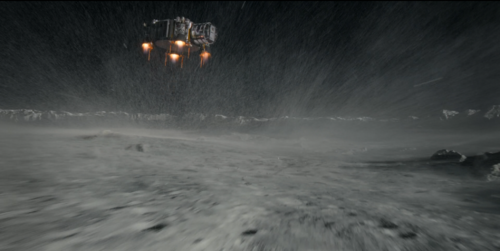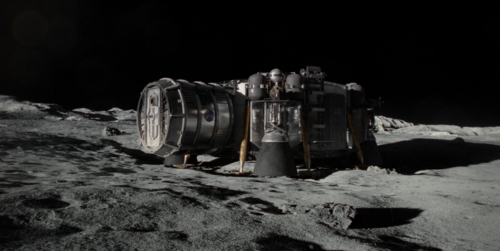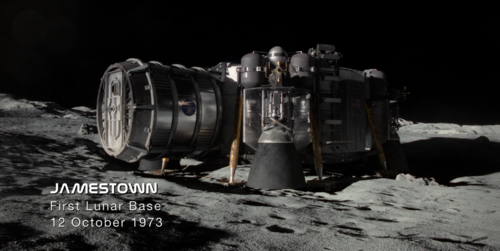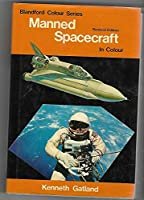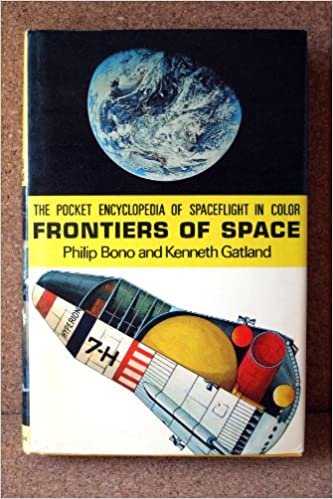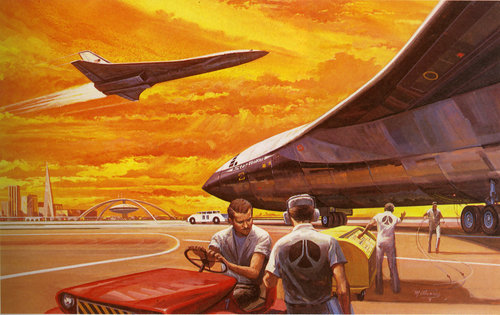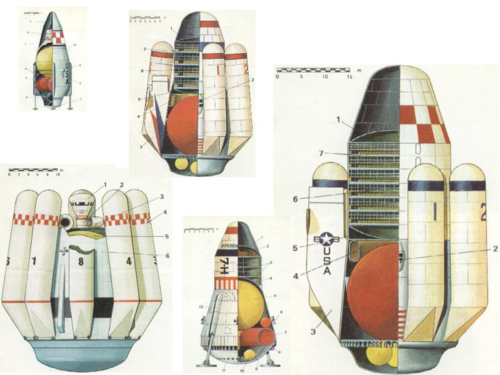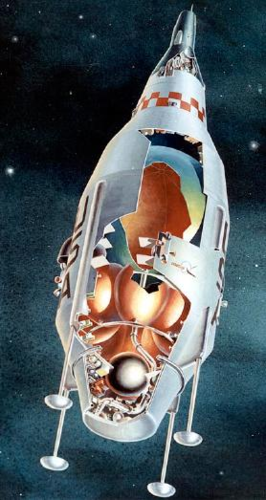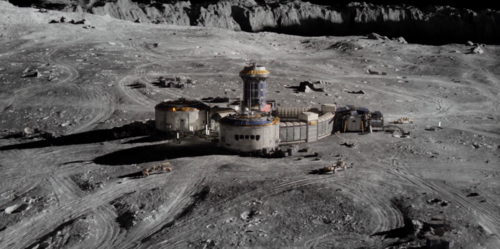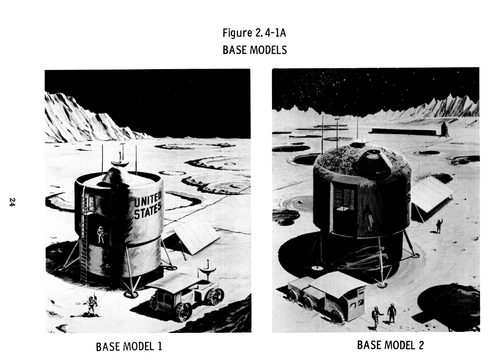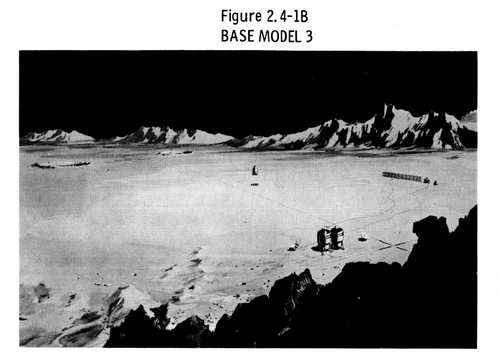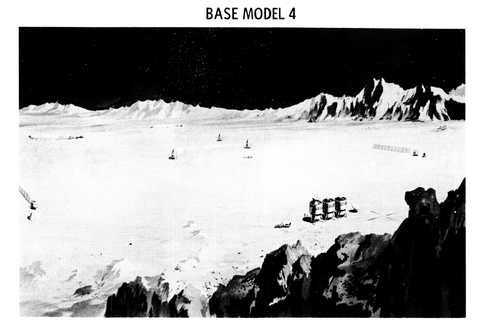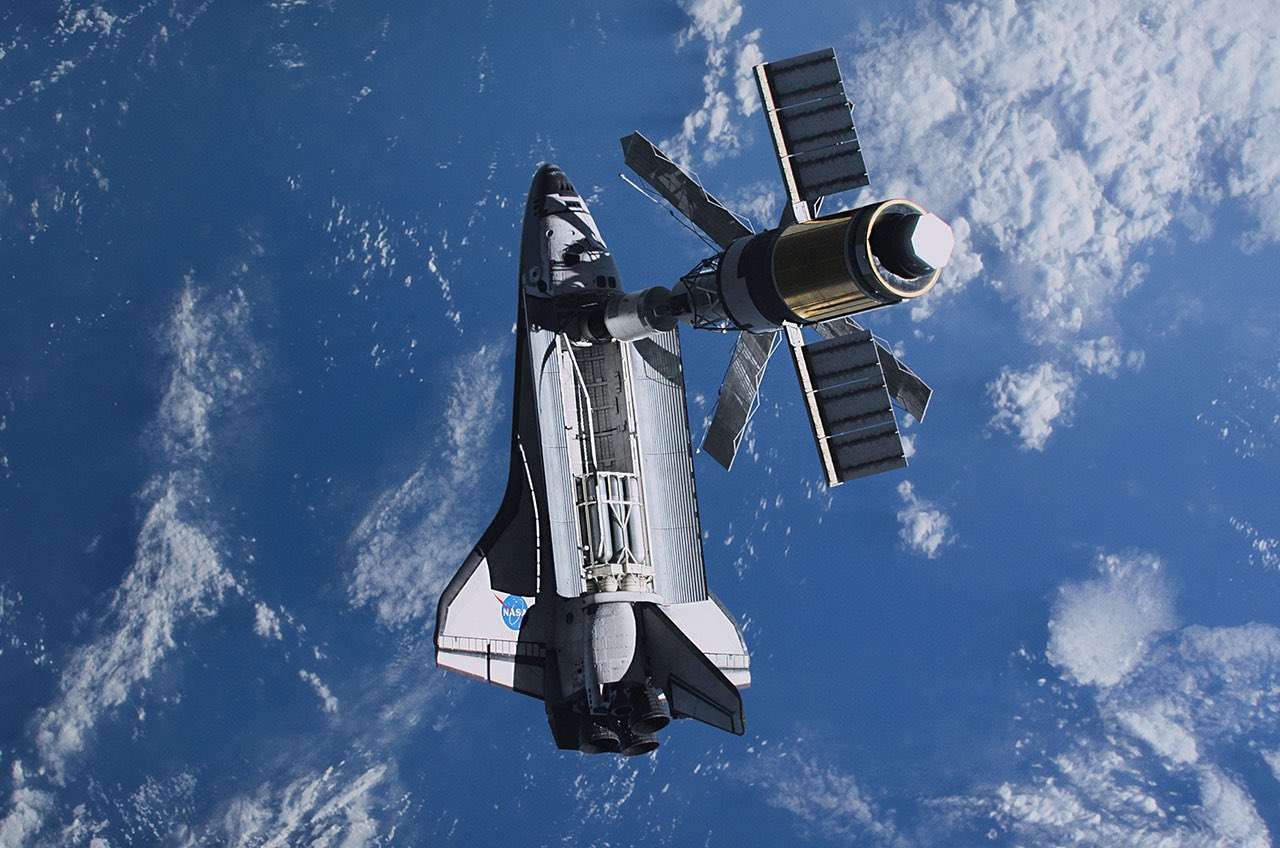Rhinocrates
ACCESS: Top Secret
- Joined
- 26 September 2006
- Messages
- 3,054
- Reaction score
- 7,783
Apple has released the first three episodes of For All Mankind, an alternate history TV series. Ron Moore, of Battlestar Galactica, is running it. The premise is that the Soviets were lucky with the N-1 and the first man on the moon was Alexei Leonov. As a result, the space race continues, steadily diverging from our history. Various historical characters such as Neil Armstrong, (then) Edwin Aldrin and Michael Collins appear incidentally, while Deke Slayton, Gene Kranz and Werner von Braun have more screen time and the main characters are fictional.
Some critics have called it slow, others might call it meticulous as it strives for verisimilitude and there are some fun Easter eggs (von Braun is seen on TV at a congressional hearing proposing Sea Dragon).
Overall, it's theme is 'how NASA should have kept going after Apollo' and I expect the divergences from our history to accumulate - footprints on Mars in the 1980s and so on.
As I mentioned, it tries to be realistic, so I'd be interested in what people think of it.
Some critics have called it slow, others might call it meticulous as it strives for verisimilitude and there are some fun Easter eggs (von Braun is seen on TV at a congressional hearing proposing Sea Dragon).
Overall, it's theme is 'how NASA should have kept going after Apollo' and I expect the divergences from our history to accumulate - footprints on Mars in the 1980s and so on.
As I mentioned, it tries to be realistic, so I'd be interested in what people think of it.

